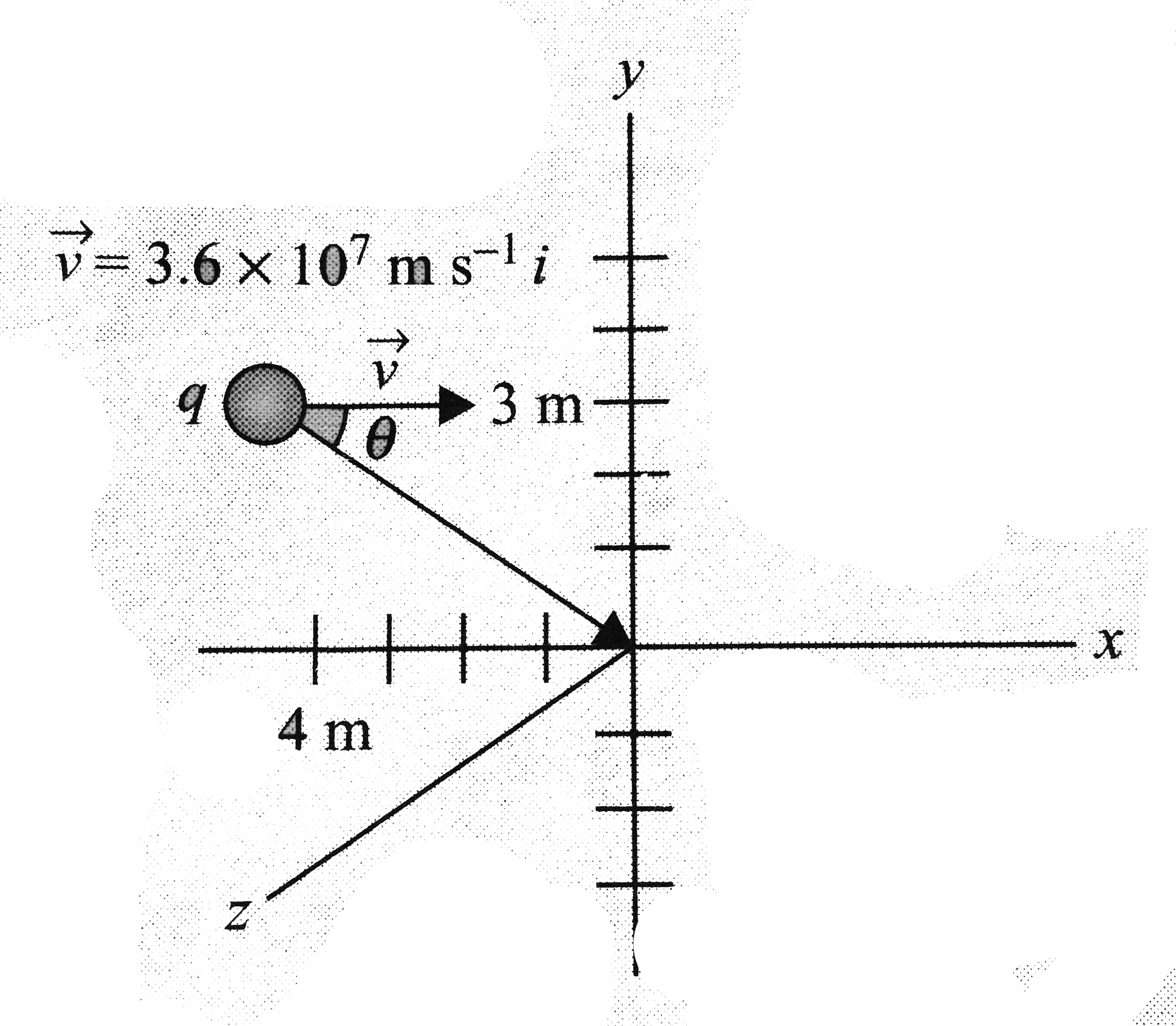Draw the graphs of 2x+y=6andx−y+2=0. Shade the region boun-ded by these lines and x=axis. Find the area of the shaded region.
To solve the problem of finding the area of the shaded region bounded by the lines 2x+y=6, x−y+2=0, and the x-axis, we will follow these steps:
Step 1: Find the intercepts of the first equation 2x+y=6.
1. When x=0:
2(0)+y=6⟹y=6
So, the point is (0,6).
2. When y=0:
2x+0=6⟹x=3
So, the point is (3,0).
Step 2: Find the intercepts of the second equation x−y+2=0.
1. When x=0:
0−y+2=0⟹y=2
So, the point is (0,2).
2. When y=0:
x−0+2=0⟹x=−2
So, the point is (−2,0).
Step 3: Plot the points on a graph.
- For the first equation, plot the points (0,6) and (3,0).
- For the second equation, plot the points (0,2) and (−2,0).
Step 4: Draw the lines.
- Draw a line through the points (0,6) and (3,0) for the first equation.
- Draw a line through the points (0,2) and (−2,0) for the second equation.
Step 5: Find the intersection point of the two lines.
To find the intersection point, solve the equations simultaneously:
1. From the first equation:
y=6−2x
2. Substitute y in the second equation:
x−(6−2x)+2=0⟹x−6+2x+2=0⟹3x−4=0⟹x=43
3. Substitute x back to find y:
y=6−2(43)=6−83=183−83=103
So, the intersection point A is (43,103).
Step 6: Identify the vertices of the triangle formed by the lines and the x-axis.
The vertices of the triangle are:
- Point B at (3,0)
- Point C at (−2,0)
- Point A at (43,103)
Step 7: Calculate the area of the triangle.
The area A of a triangle can be calculated using the formula:
Area=12×base×height
- The base is the distance between points B and C:
BC=3−(−2)=3+2=5
- The height is the y-coordinate of point A:
height=103
Now, substituting these values into the area formula:
Area=12×5×103=506=253
Final Answer:
The area of the shaded region is 253 square units.
---
2(0)+y=6⟹y=6
So, the point is (0,6).
2x+0=6⟹x=3
So, the point is (3,0).
0−y+2=0⟹y=2
So, the point is (0,2).
x−0+2=0⟹x=−2
So, the point is (−2,0).
- For the second equation, plot the points (0,2) and (−2,0).
- Draw a line through the points (0,2) and (−2,0) for the second equation.
1. From the first equation:
y=6−2x
2. Substitute y in the second equation:
x−(6−2x)+2=0⟹x−6+2x+2=0⟹3x−4=0⟹x=43
3. Substitute x back to find y:
y=6−2(43)=6−83=183−83=103
So, the intersection point A is (43,103).
- Point B at (3,0)
- Point C at (−2,0)
- Point A at (43,103)
Area=12×base×height
- The base is the distance between points B and C:
BC=3−(−2)=3+2=5
- The height is the y-coordinate of point A:
height=103
Now, substituting these values into the area formula:
Area=12×5×103=506=253
The area of the shaded region is 253 square units.
Topper's Solved these Questions
Similar Questions
Draw the graphs of 2x+y=6 and 2x−y+2=0 . Shade the region bounded by these lines and x-axis. Find the area of the shaded region.
View SolutionFind the area of the shaded region in figure.

View SolutionFind the area of the shaded region in Figure.
View SolutionSolve the following system of linear equations graphically: x+y−11=0, x−y−1=0 . Shade the region bounded by these lines and y-axis. Also, find the area of the region bounded by these lines and y-axis.
View SolutionDraw the graph of the equation 2x+y=6 . Shade the region bounded by the graph and the coordinate axes. Also, find the area of the shaded region.
View SolutionDraw the graphs of the equations x−y=1 and 2x+y=8 . Shade the area bounded by these two lines and y-axis. Also, determine this area.
View SolutionSketch the region bounded by y=2x−x2 and x-axis and find its area using integration.
View SolutionSketch the region bounded by the curves y=x2+2, y=x, x=0 and x=1. also, find the area of this region.
View SolutionFind the area of the region bounded by the line y = 2x, X - axis and ordinate x = 2.
View SolutionA point chanrge of magnitude q=4.5nC is moving with speed v=3.6×107ms−1 parallel to the x-axis along the line y=3m. Find the magnetic field at the origin produced by this charge when the charge is at the point x=−4m, y=3m, as shown in Fig.

View Solution
